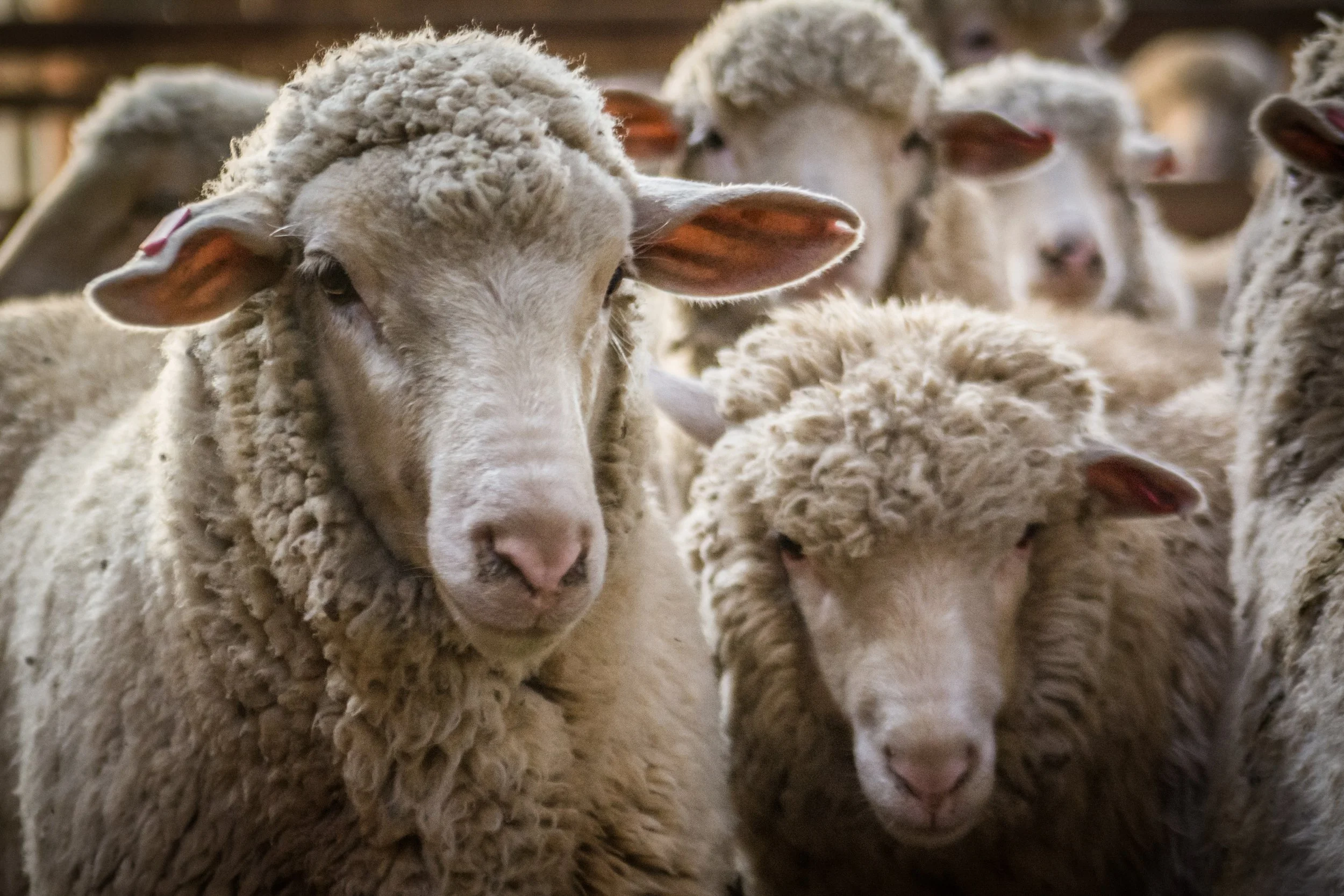
Sensing Grass Seed Infestation in Australian Sheep
The Challenge
Grass Seed Infestation (GSI) occurs when certain seeds penetrate the wool of sheep, get embedded in their skin, and causes health issues and degrades meat quality. It is a significant issue resulting in $50M yearly revenue loss to the Australian sheep industry. The challenge can be addressed in two areas of the value chain – the producer and the processor. For the producer, early detection of the GSI could advise better practice such as changing grazing conditions or advising market strategies based on the meat quality. Processors also care about this to ensure high quality meats are not contaminated. Both users require a low cost, non-invasive, way to detect the level of GSI in sheep.
The Solution
UNSW have been developing cutting edge Terahertz imaging techniques (commonly seen in airport scanners). These frequencies can penetrate through a sheep’s wool, but are well absorbed by moisture allowing seeds to be imaged effectively. By combining AI-enabled imaging technology with this approach, a cost-effective way to detect GSI is possible. The key efforts will focus on how to ensure the meaurements are accurate, and how the system can be engineered into existing platforms on site to allow seamless adoption of the technology. Close engagement and co-designing with the entire sheep industry’s value chain will be an important factor of this project. The project will work in collaboration with Keysight Technologies to generate terahertz frequencies, and with Charles Sturt University to provide the connection to the agricultural industry. Ultimately this sensing technology will improve the productivity of our agirucltural industry that underpins the Australian economy.



